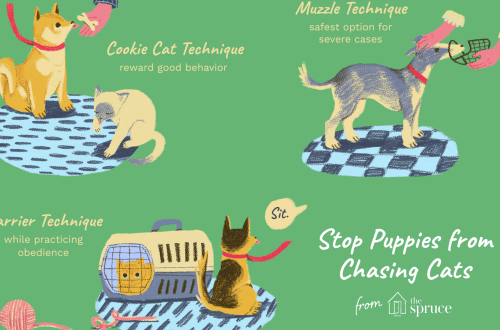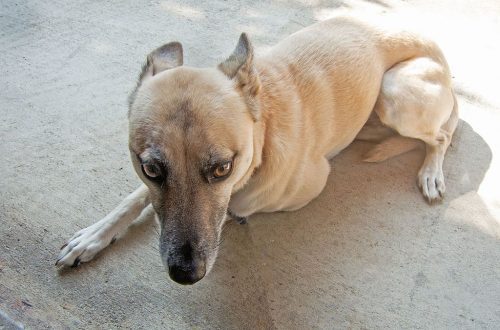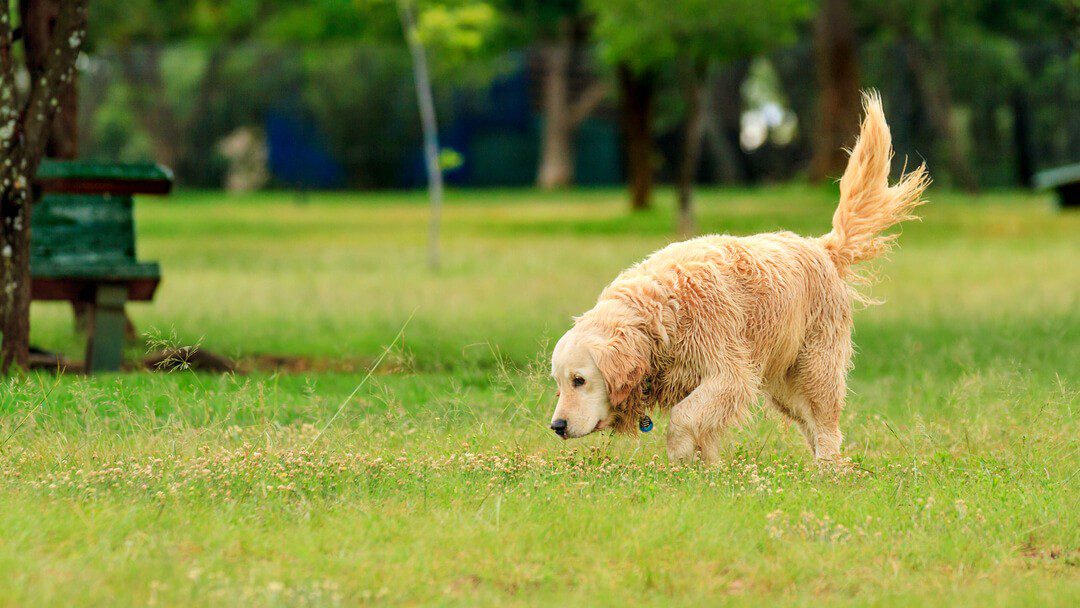
Why does a dog wag its tail?
First of all, the dog uses tail movement to maintain balance when chasing game, when running, to make sharp turns, while swimming and when overcoming obstacles (for example, when walking on a log). Some evolutionists believe that this is what it was designed for. But when he appeared, smart dogs found him a few more uses. And for starters, they taught the tail to wag, that is, not just to move randomly and senselessly, but to make rhythmic pendulum movements.
It is believed that dogs also wag their tails in order to introduce themselves, and remotely. That is, to present an identity card, but they have it not paper, but odor. Dogs have paraanal glands under their tails, which, among other things, contain all the useful information about the subject-carrier of these glands. By the way, for this information, dogs stick their noses under each other’s tails. When meeting a relative, a self-confident dog, approaching the opponent, actively waves its tail, helping the smell to spread. And right on the nose it hits with an olfactory “calling card”, where gender, age, physical and physiological state and even some claims are boldly indicated. But an insecure dog does not especially wag its tail, but, on the contrary, draws it in, blocking the spread of the smell: they say, here, except for you, there is no smell of anyone and no one!
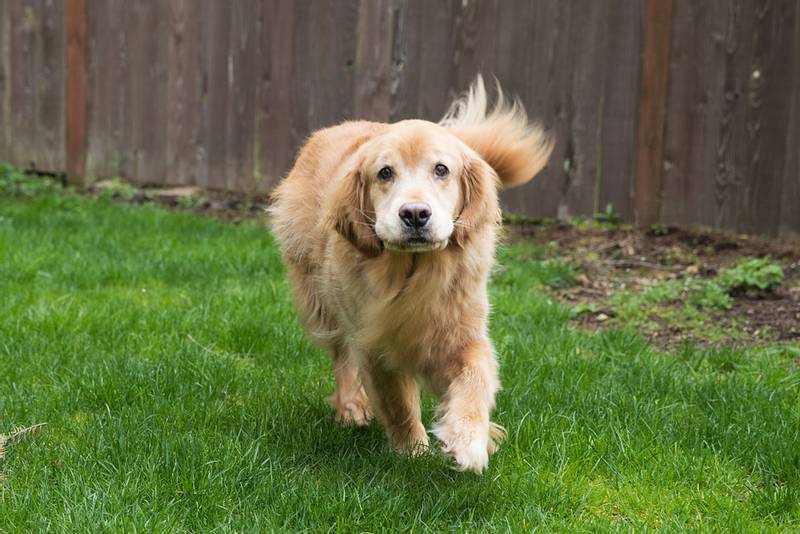
Tail wagging is also biologically related to the level of arousal and emotional state. That is, tail wagging involuntarily reflects the psycho-physiological state of the dog, in other words, it is a behavioral marker of this very state. Thus, the tail (or rather, with its help) can transmit information about the state and intention.
Dogs wag their tail when they experience joy, pleasure, are in anticipation of something pleasant, but also in a state of aggression, and even fear.
Tail wagging is always context dependent. In order to determine its meaning here and now, it is necessary to take into account, first of all, the position of the tail relative to the body, the nature of the sounds made by the dog, the severity of the gaze, the position of the ears, the body, and even the expression of the muzzle.
Tail wagging speed and range of motion are thought to indicate the degree of arousal. Moreover, the wider the dog swings its tail, the more positive emotions it experiences.
For example, a friendly facial expression accompanied by a slight wagging of the tail reflects calmness or friendly interest. Intense wagging of the tail, combined with joyful barking, jumping, speaks of jubilation, expresses violent joy. A quick movement with a lowered tail with a bowed head is a pose of appeasement. A slight twitching of the outstretched tail indicates a wary expectation and, possibly, an aggressive development of events.
Dogs often wag their tails when they sleep. This is due to the fact that the changing images of the game, hunting or fighting activate the corresponding emotional centers of the brain.
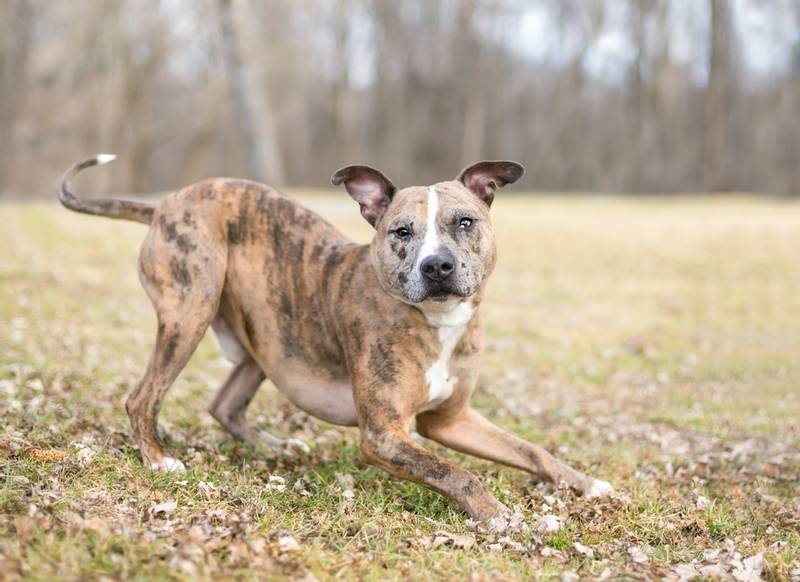
Italian scientists conducted some funny, but completely serious experiments. They analyzed tail wagging in dogs that were presented with an owner and an unfamiliar dog. The dogs wagged their tails in all cases, however, when they saw the owner, the experimental dogs wagged with a large bias to the right side, and when they saw an unfamiliar dog, they wagged more to the left.
The scientists came to the conclusion that if the dog waving its tail more to the right, it means that it is benevolent, but if it is to the left, then it is better to climb a tree.
Moreover, scientists have found that a dog looking at another dog waving its tail perfectly understands what it is waving about.
Thus, one group of dogs was shown the silhouette of a dog wagging or not wagging its tail, while the other group was shown the usual image of a dog. At the same time, the heart rate of the spectator dogs was recorded. It turned out that when a dog saw a silhouette or another dog wagging its tail to the left, its heart began to beat faster. A standing still dog also caused stress. But if the dog wagged its tail to the right, then the spectator dogs remained calm.
So dogs do not wag their tails in vain and do not wag their tails in vain.



